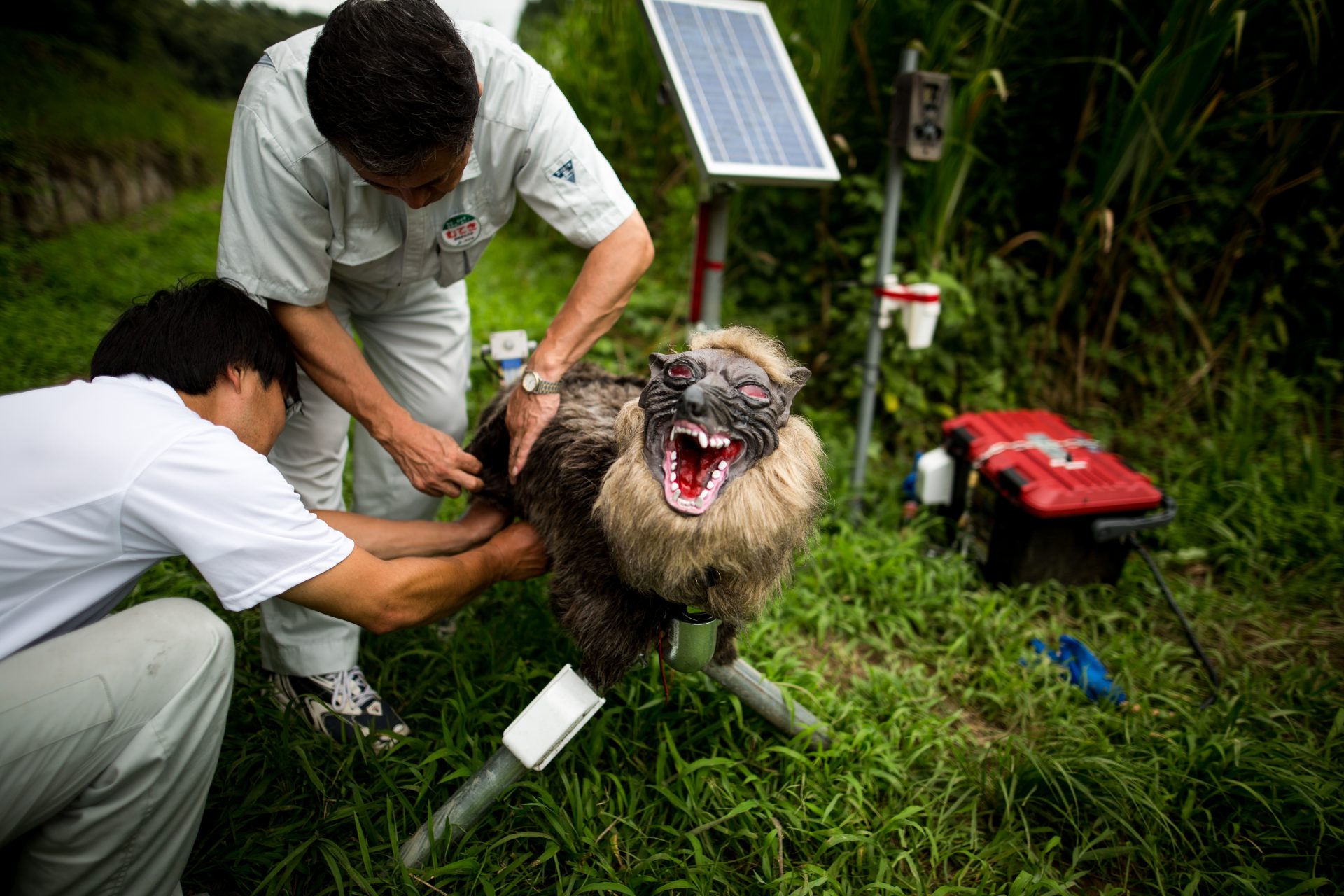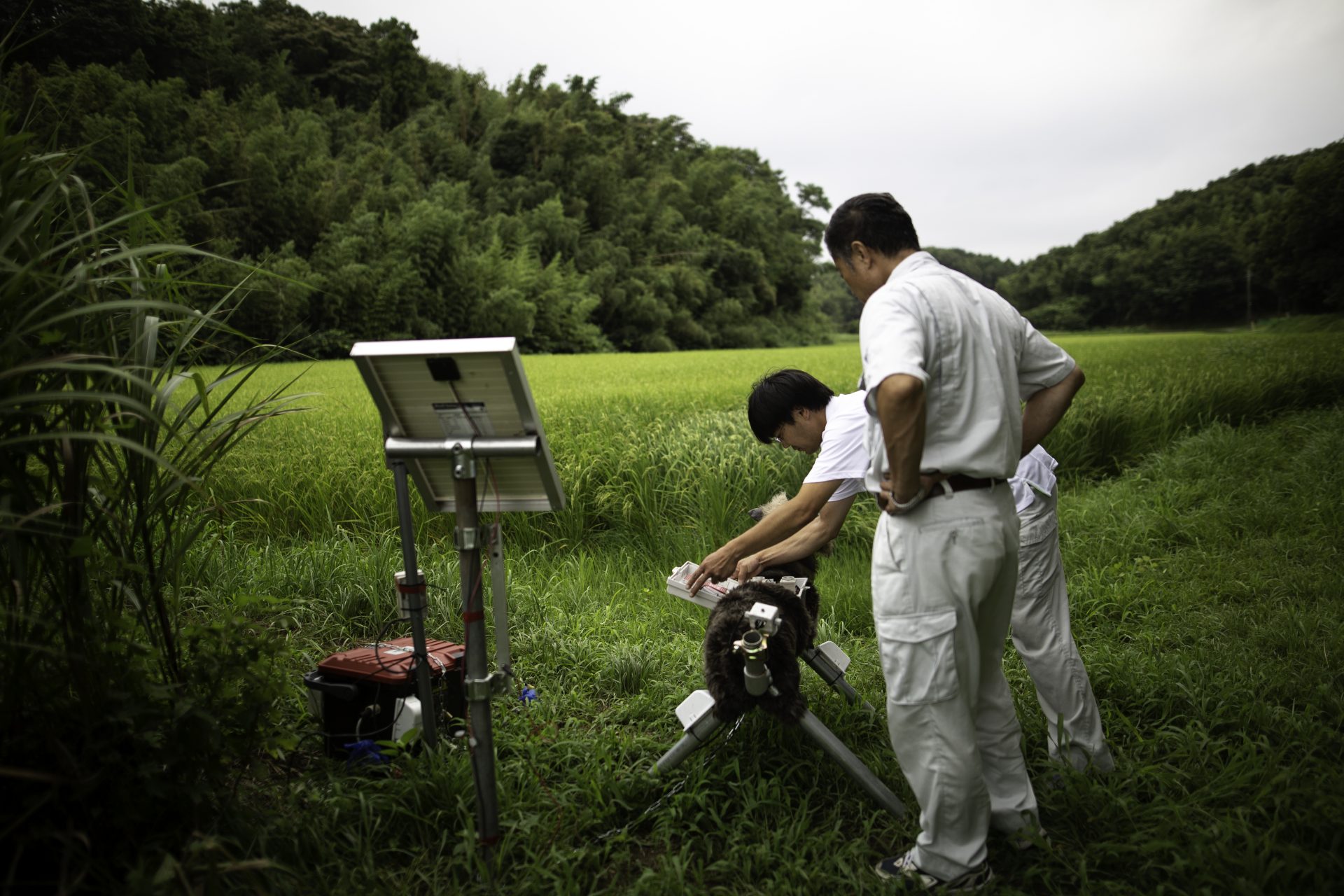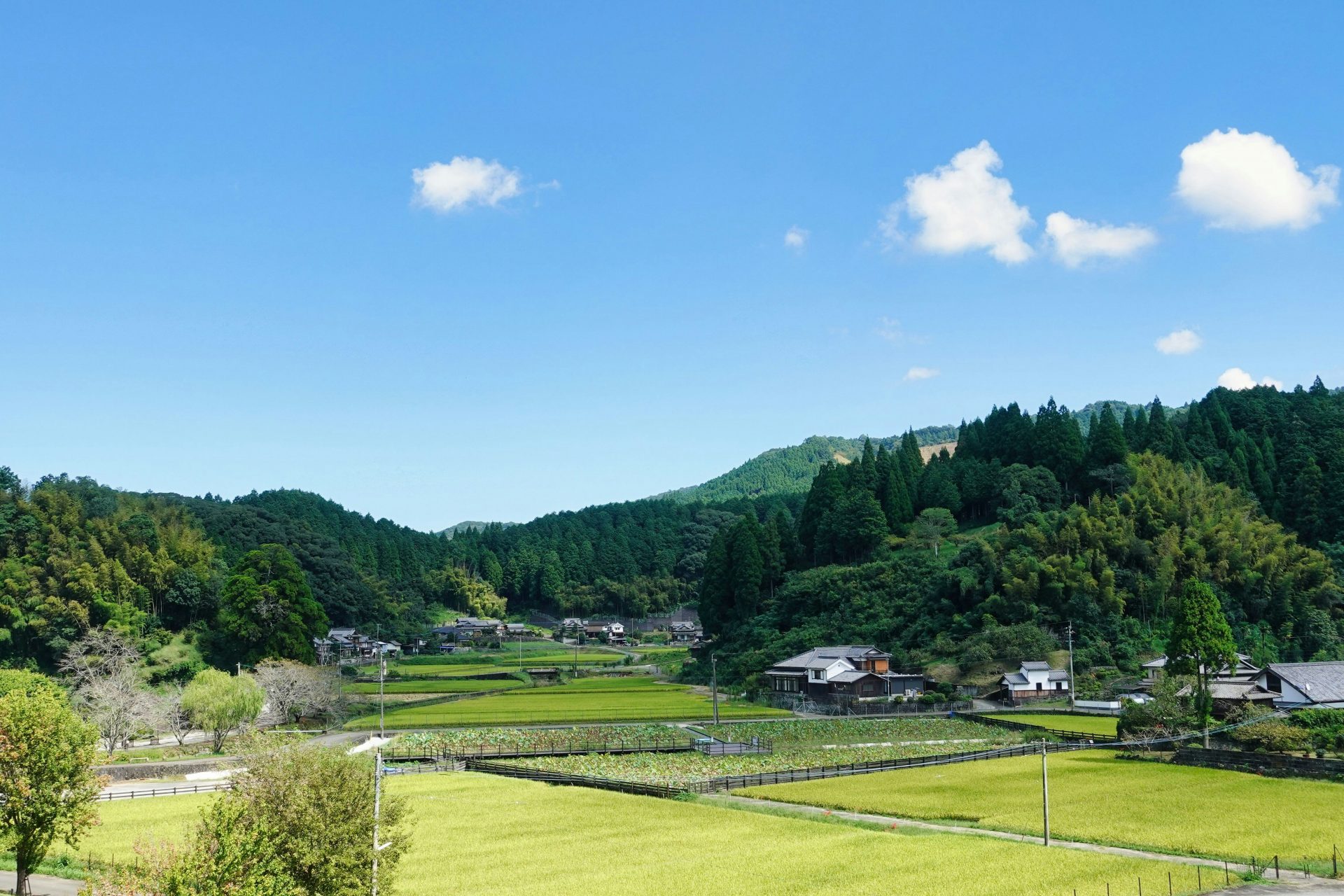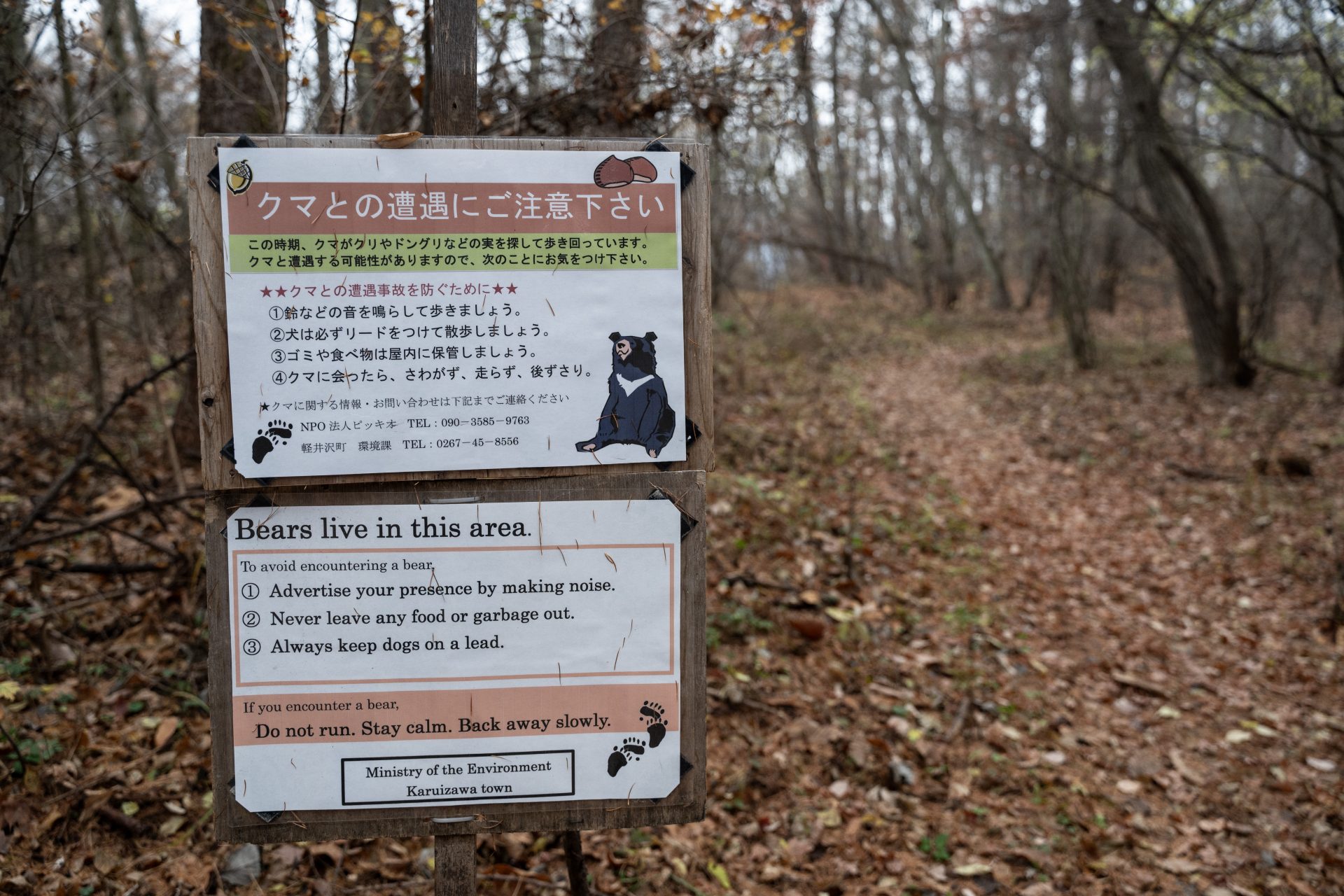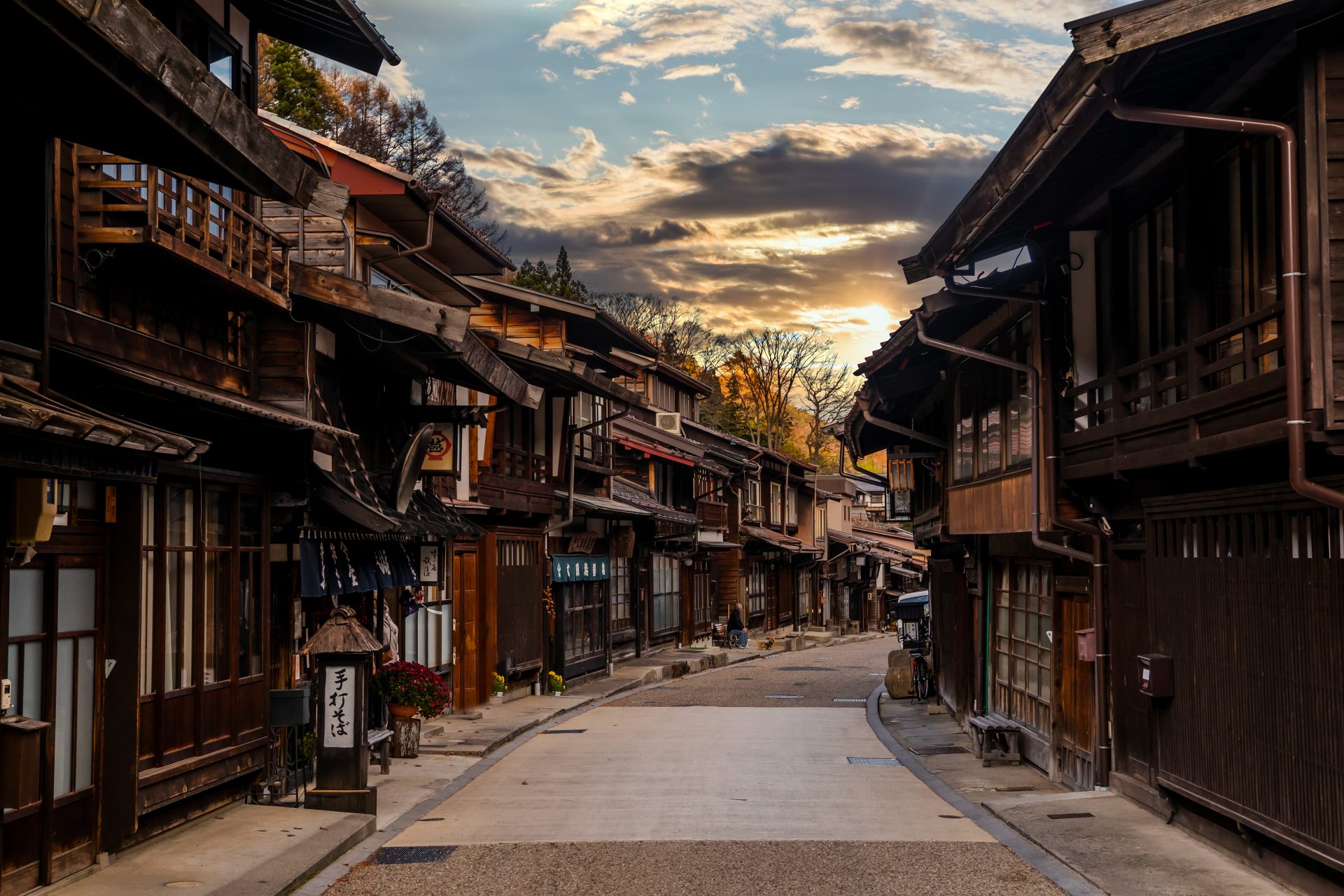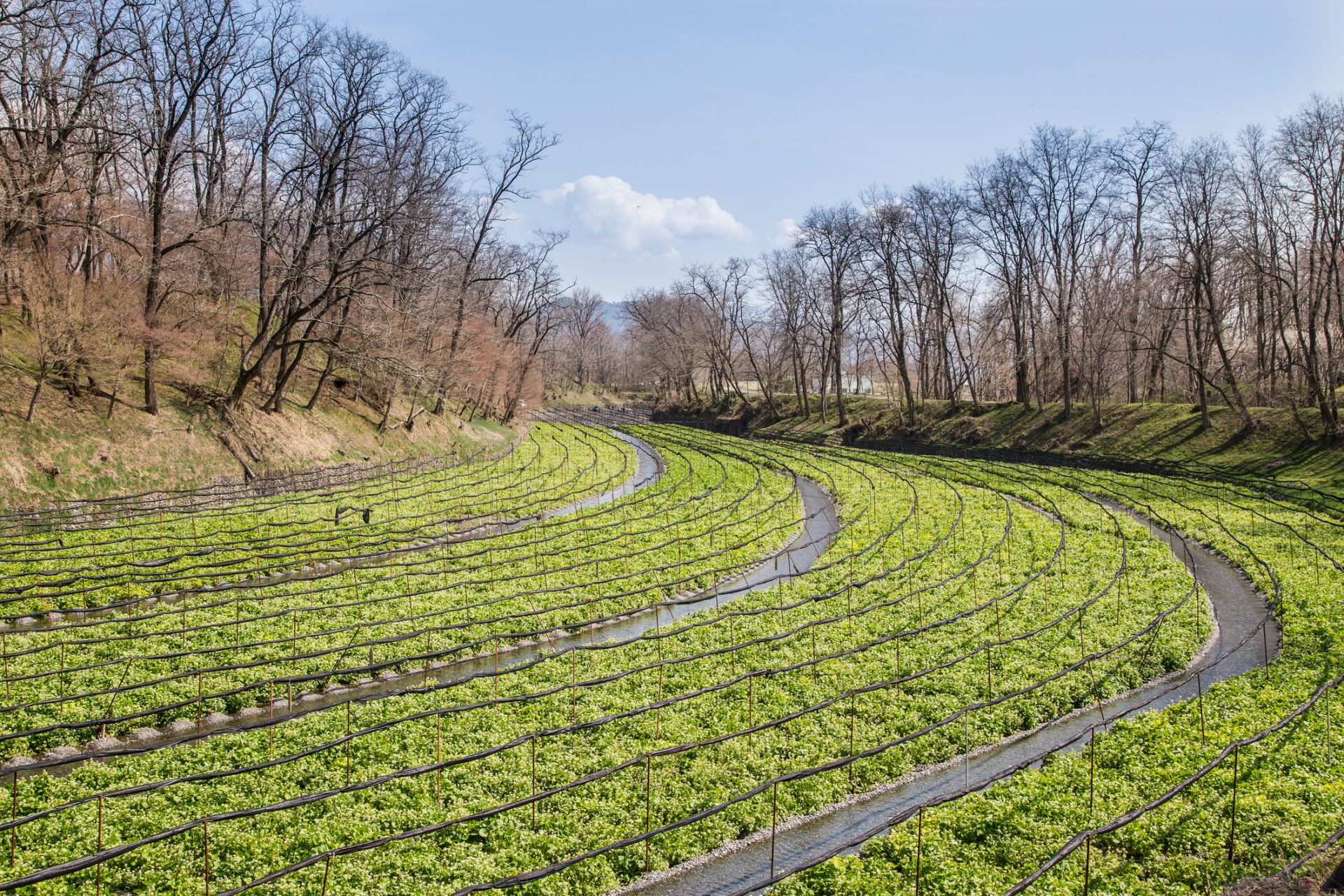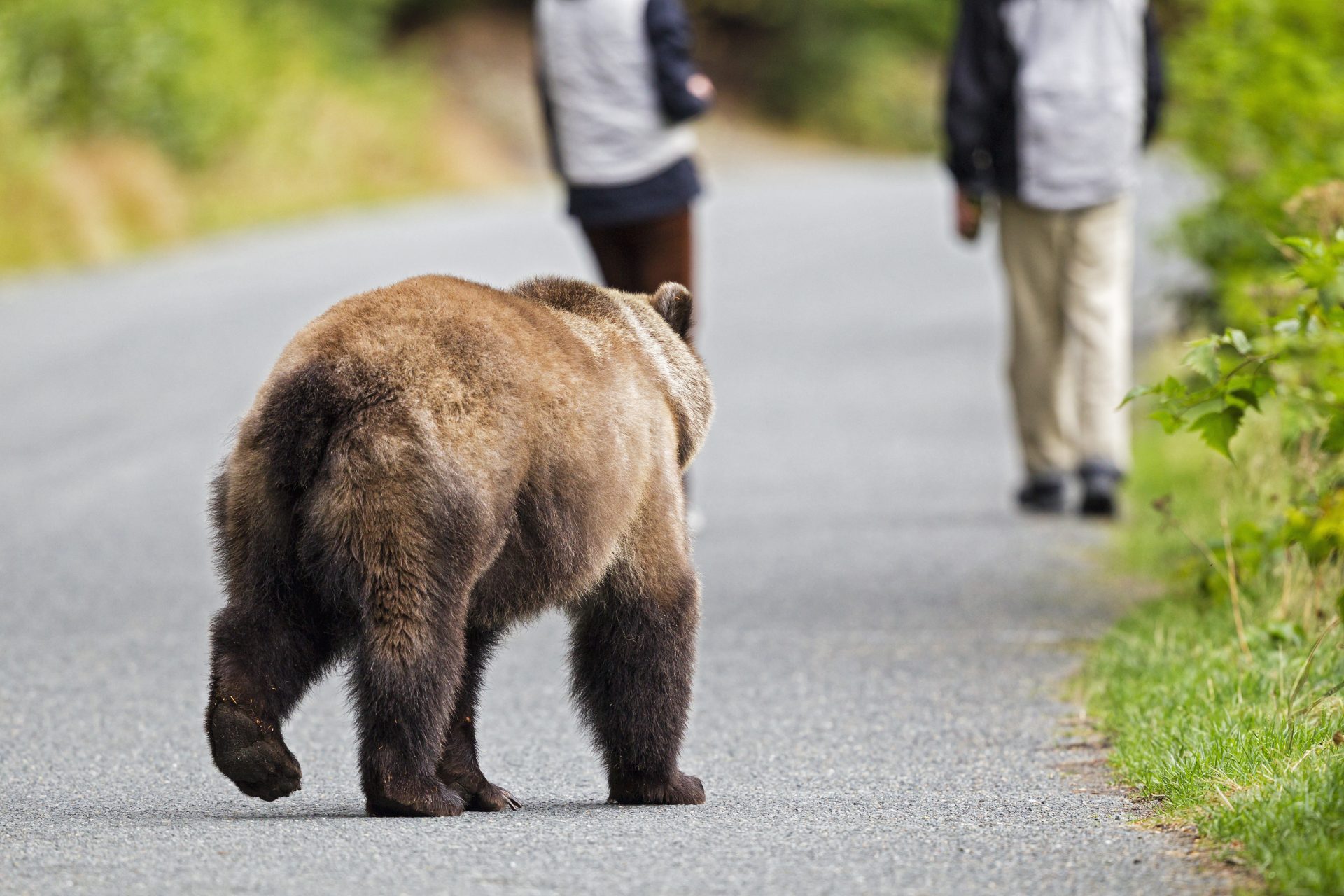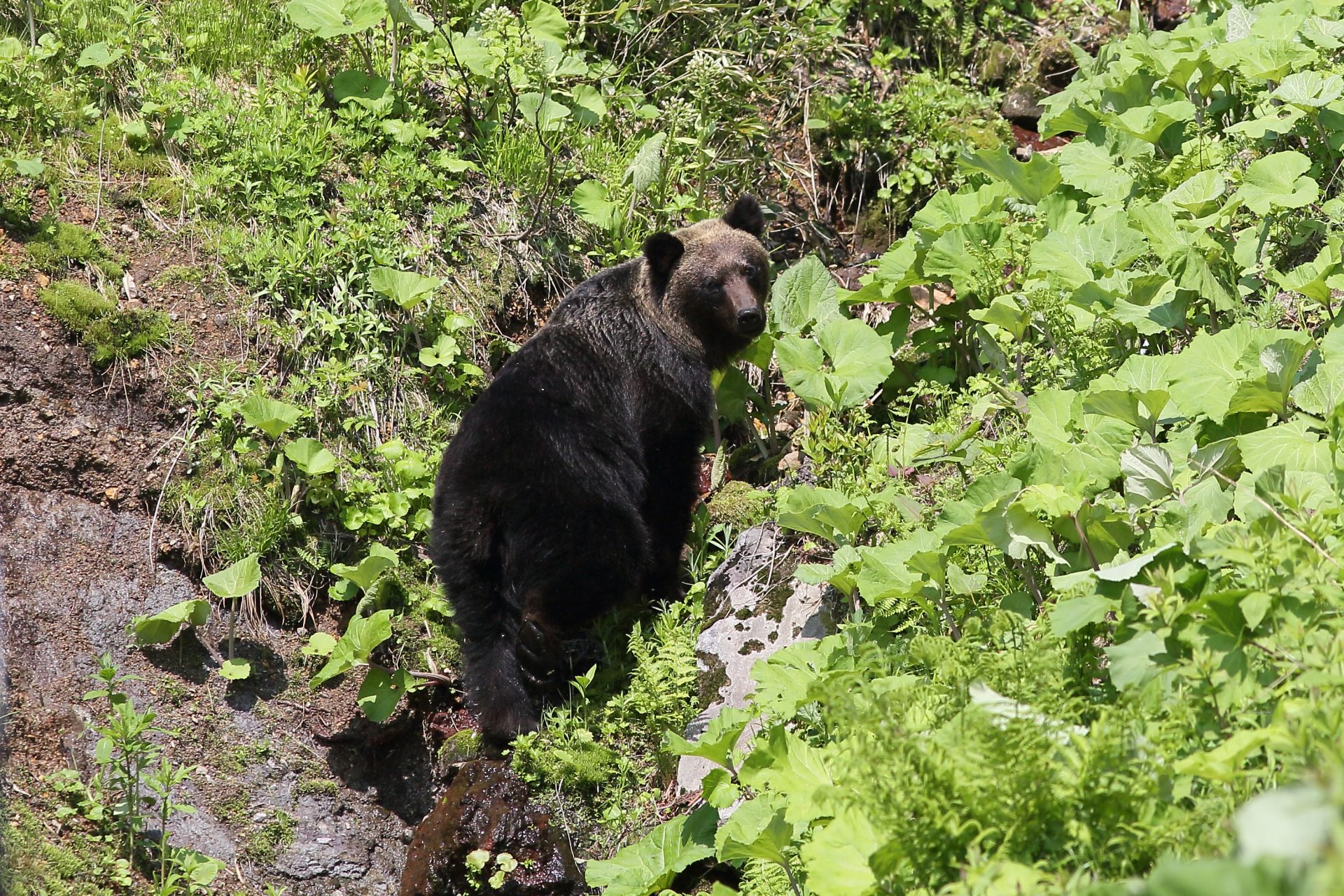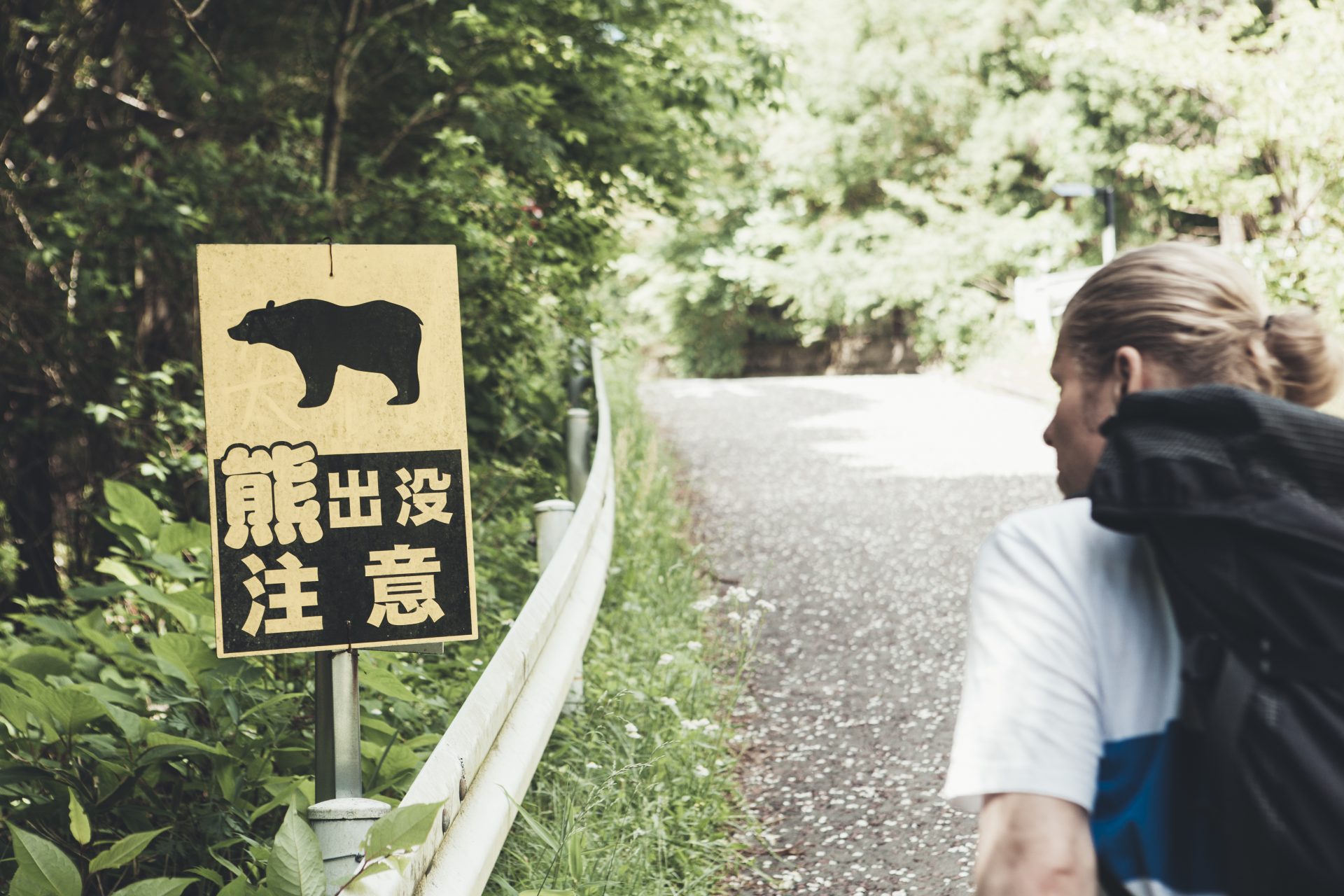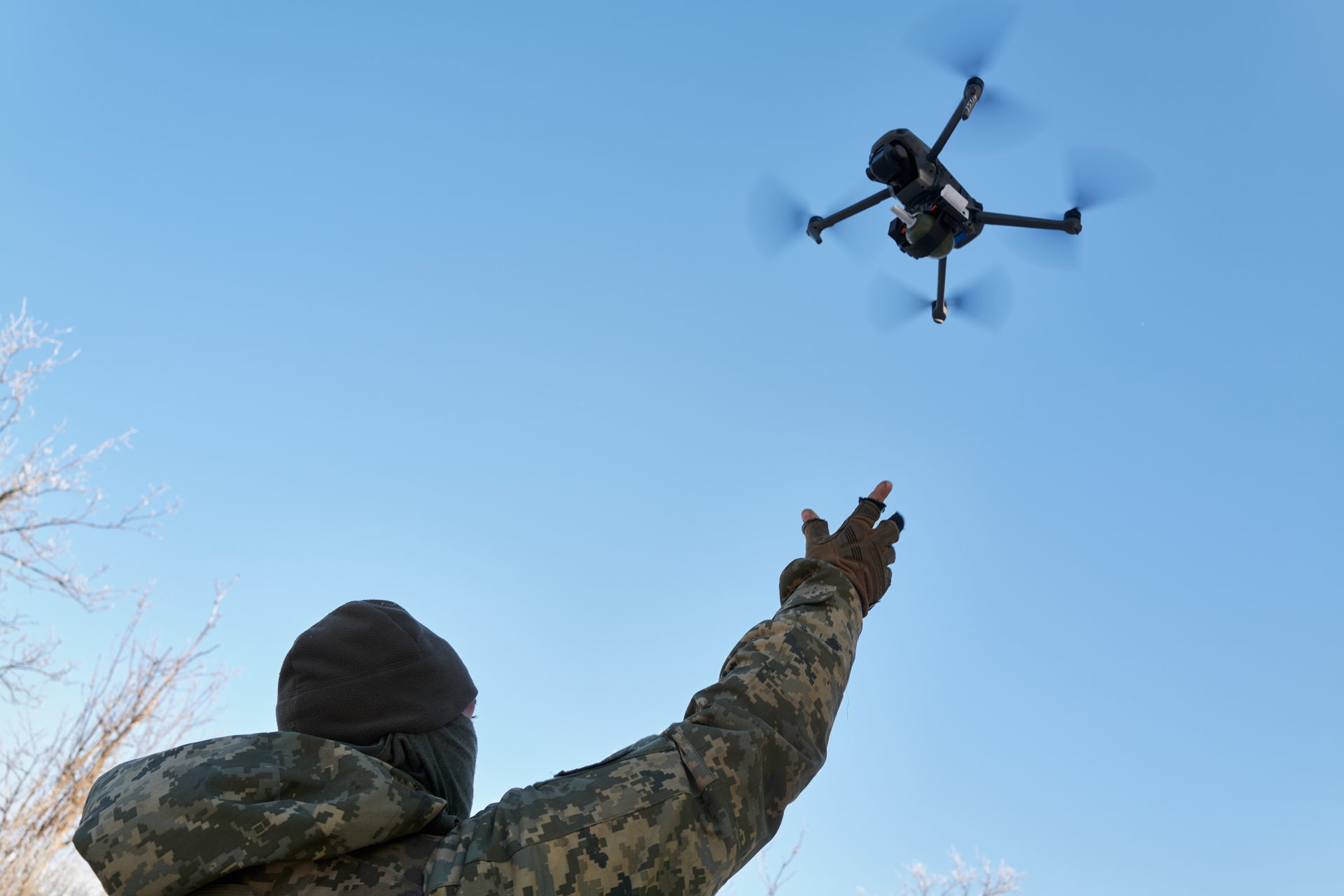Japan deploys robot wolves to deal with bear attacks
It might sound like something from science fiction, but it’s pretty real: Robot wolves are guarding the Japanese countryside against black and brown bears.
According to British newspaper The Guardian, these mechanic wolves shake their heads, flash lights, and make noise to scare off ursine intruders.
Popular Science writes that these robots were first introduced in 2017, as a way to fight off wild boars destroying farmland. However, since then, it has become a life-saving device.
Image: wingedjedi / Unsplash
Menacing fangs, furs, flashing red LED eyes, and a head capable of shaking while emitting a 90 decibel howls, are some of the feature of these pretend predators described by Popular Science.
Now, as Japan faces a growing numbers of bear attacks, the robot wolves are being used to scare off dangerous animals from residential areas.
The BBC highlights that the growing number of bear attacks is partly due to the shrinking, aging population in the Japanese countryside.
Younger people are moving to the big cities, leaving older, more vulnerable people living in small, rural towns.
Farmland that used to serve as buffer zones between residential areas and the woods have also been steadily disappearing.
According to the BBC, this has led to bears living closer to urban centers, getting used to bright lights and noises, and becoming less afraid of humans.
However, the bigger issue is that climate change is affecting the available food for bears, forcing them to explore new territories looking for nourishment.
As Popular Science remarks, although these solutions are unique, they don’t address the root of the problem.
More for you
Top Stories



